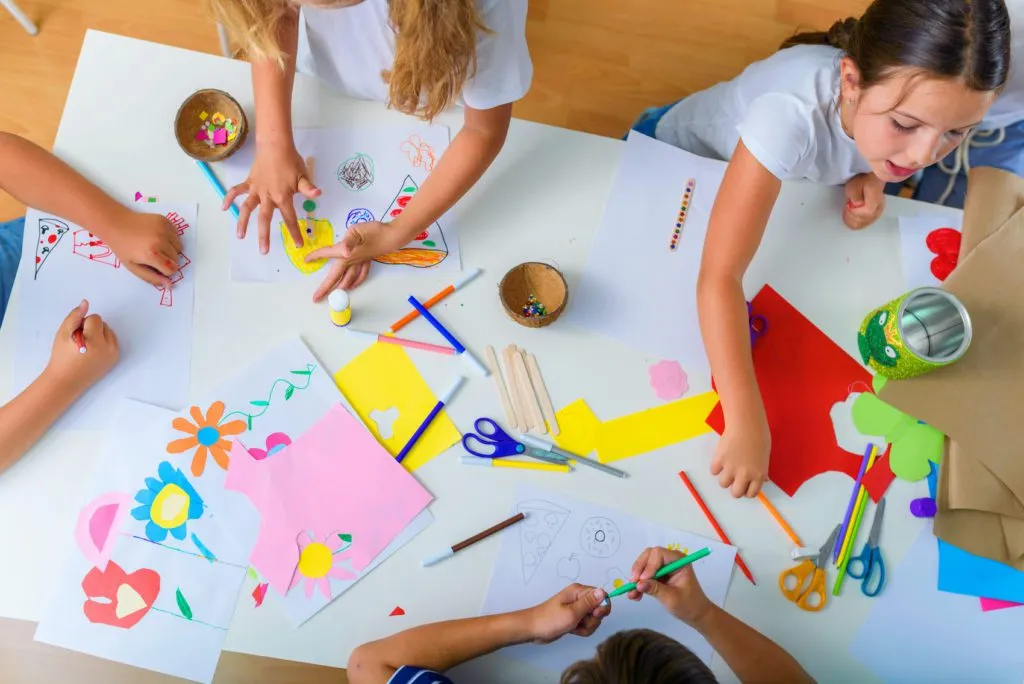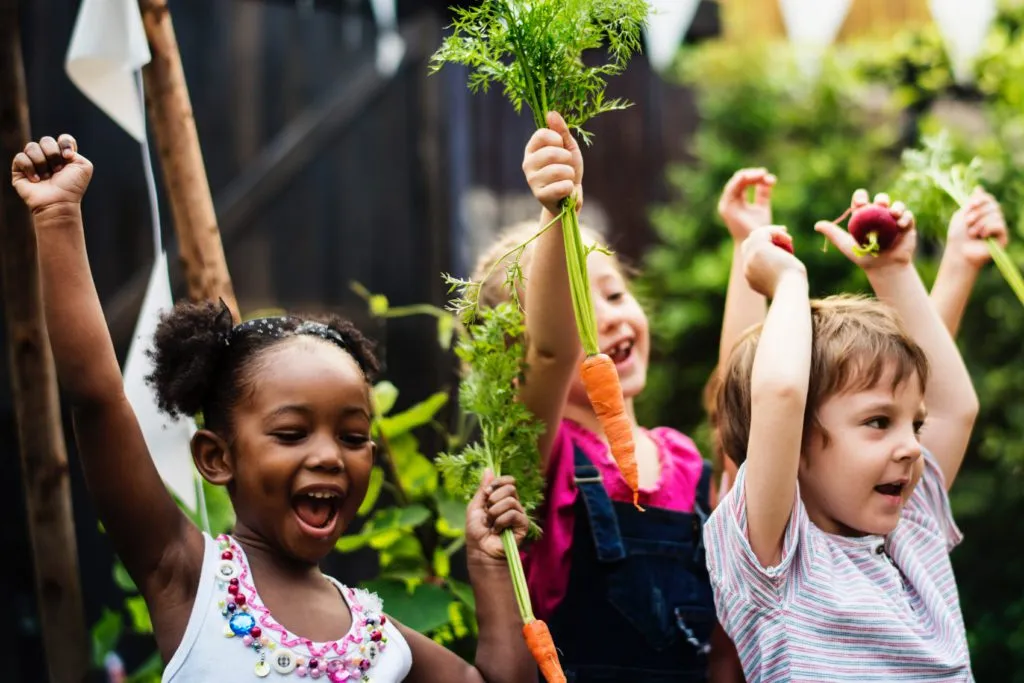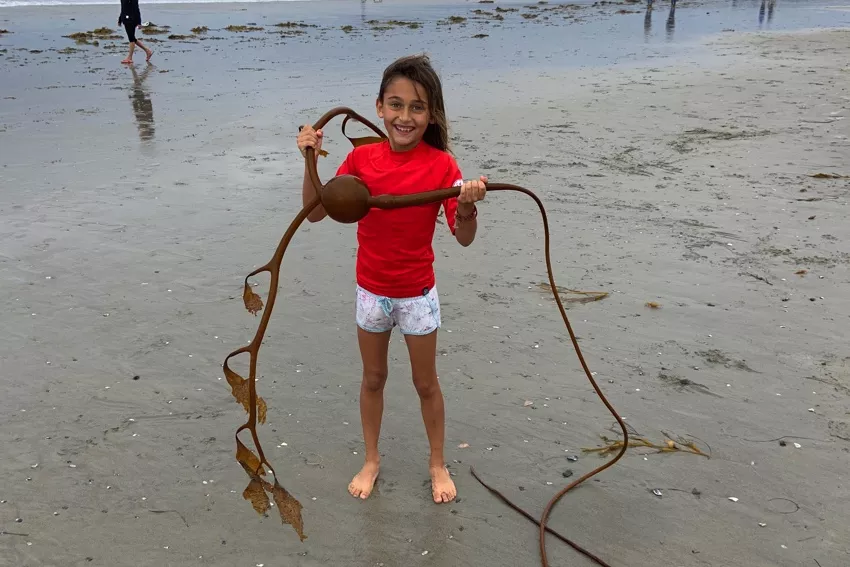Making Mud Pies: 5 Steps for Using Mud Play to Meet Curriculum Goals



Squishy-squashy, squelchy-squooshy, murky-mucky mud! Springtime where I live in New Jersey means only one thing to my two young boys: puddle jumping and mud play!
Children benefit enormously from mud play, which can include, but is not limited to, creating mud pies, digging for worms, and jumping in puddles. Combining dirt, water, and other natural materials such as pebbles and twigs provides endless opportunities for young children to strengthen their creative thinking, problem-solving, and processing skills. Not to mention, mud play simply sparks joy!
As children pour, mix, and combine natural materials and test out their ideas, they use skills from each domain of development and learning, including social–emotional, physical, language and literacy, cognitive, and mathematics.
Mud play can sound intimidating, but some practical strategies can make it easy for adults and children to access the deeply engaging benefits of free, “messy” play. Like many things in the early childhood classroom, thoughtful considerations can make mud play a manageable and enjoyable part of your spring explorations. Even in urban settings, there are ways to infuse nature play into the school day.
Consider the following ways to support the children in your care as they engage in mud play.
1. Establish expectations.

When children are involved in the process of establishing expectations, they are better equipped to have a positive experience because they are prepared for what’s to come. Involving children in classroom decision-making involves complex social–emotional, language, and social studies skills.
Together with the children in your care, discuss the best place for mud play. This will look different depending on your physical environment.
Invite children to consider questions about the experience. For example, you might ask, “Where do you think the best place to play with mud is?” Extend the conversation by asking for the reasons behind children’s answers and recording their thinking. The conversation and planning can last several days and include various aspects of mud play, such as “What would happen if we got our clothes muddy? I wonder how we could prevent that,” and “What will we need to play in the mud?” Creating charts and lists and engaging in shared writing as you plan a common goal is also a powerful, authentic way to practice literacy skills.
2. Designate a space.

Of course, access to dirt and water is essential for mud play.
An ideal space for mud play would be in a secluded spot in the outdoor area that includes access to dirt and is away from playground equipment and walkways. Part of the planning process may include digging to unearth fresh soil or using community resources, such as a nursery or landscaping business, to acquire topsoil. Taking advantage of recent rainfall would allow to jump in puddles or create plenty of mud, but you may also add water to soil using a hose or spray bottles.
As early childhood educators, we are no stranger to using the resources we have to meet the goals we have in mind. If your outdoor space consists primarily of blacktop, creating a “mud bin” can be an impactful alternative.
3. Gather your materials.
Offering children opportunities to play in the mud can be simple. Often, the most basic materials yield the deepest connections and creative thinking. Starting with a few small items such as buckets, pans, and shovels will allow you to observe children’s explorations and decide when to introduce additional materials. Involving families in gathering supplies is one way to strengthen children’s home-to-school connections by allowing them to use household items in new and interesting ways.
Common Mud Play Materials
- Buckets of various sizes
- Muffin tins
- Pie tins of various sizes
- Cups
- Shovel
- Kitchen utensils, e.g., ice cream scoops, whisks, spoons, ladles, measuring cups and spoons
- Strainers
- Pieces of PVC pipe
- Spray bottles
-
- Water, made accessible to children, e.g., through a large beverage dispenser with a spigot
- Natural Materials: Stones, Sticks, or Flowers

Not all children will want the full sensory experience of mud play. Consider offering a reluctant child a utensil with a long handle or a stick to keep their hands from touching the mud or providing them with a bin of warm water in which to rinse their hands frequently.
4. Plan for clean-up routines.
Of course, part of the planning process must include routines for cleaning up. It is okay for children to get dirty, but it is also important that children can carry out the remainder of the school day comfortably.
Having waterproof smocks (much like you would use in the Art area) available can help ensure children’s clothes do not become wet or muddy. It can also be helpful to take a bin of warm, soapy water and towels outside so children can wash their hands as they exit the mud.
5. Build on children’s explorations.

Observing closely will help you decide how to extend children’s thinking during and after the mud experience. Meeting children where they are by following their lead helps strengthen their connections to the materials, the environment, and the process of learning.
Facilitating high-quality play doesn’t have to be complicated. Consider the following reliable ways to support and extend children’s mud play.
- Offer children descriptive language as you notice the different textures of mud together.
“This mud feels slimy and wet between my fingers. How does it feel to you?” - Extend children’s thinking by introducing a challenge or wondering aloud.
“I wonder how we could build a pipeline using the PVC pieces.” - Call attention to children’s efforts, collaborations, and processes.
“I noticed Jamil and Ruby worked together to carry the heaviest bucket. Jamil held the handle, and Ruby held the bottom of the bucket.” - Look for opportunities to connect children’s efforts to other classroom experiences, studies, and stories read.
Several studies included in The Creative Curriculumlend themselves to mud play connections, such as the Gardening study. - Place value on repetition.
During the mud experience, children, especially younger children, may engage in the same act repeatedly as they fill, dump, and transfer buckets of mud. Embrace this repetition, as children are practicing essential cognitive and math skills such as persistence and early measurement skills.

Children thrive in environments that allow them to test their ideas freely and make meaning from the world around them. There is a reason mud play has remained popular in children’s play in our rapidly changing world: mud play is an inexpensive, inclusive, and inviting way for children to become deeply engaged and “lost” in the world of play. Messy-moppy mud play is the kind of play that creates smiles, laughter, and lasting memories while also strengthening complex development and learning.


